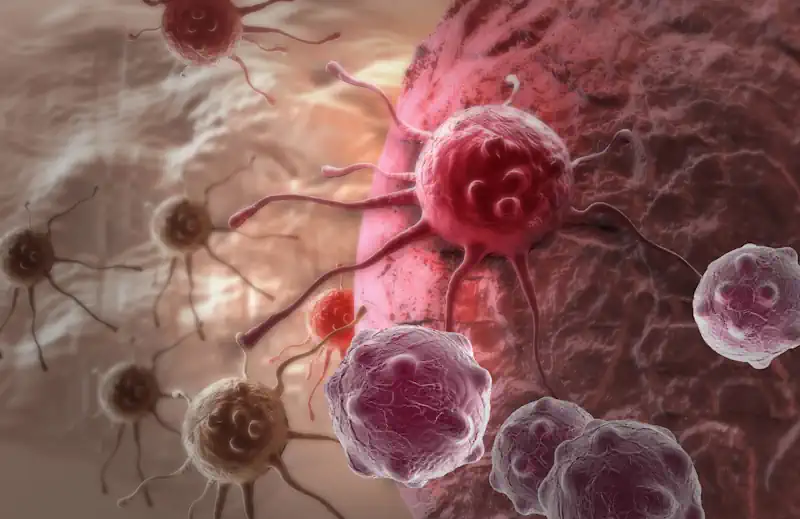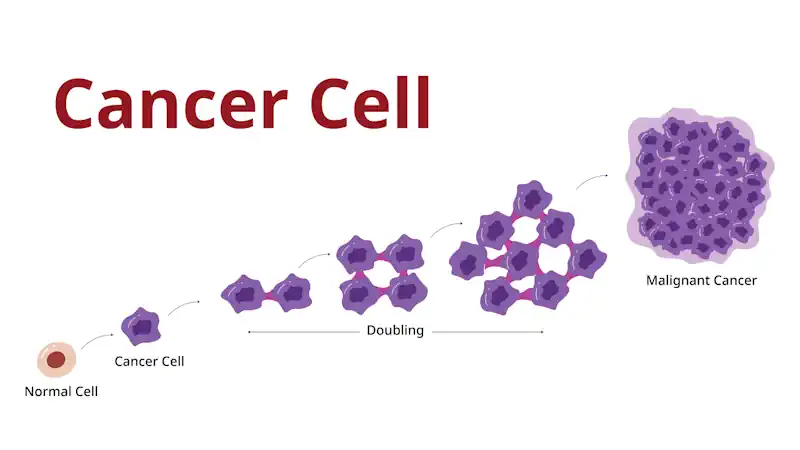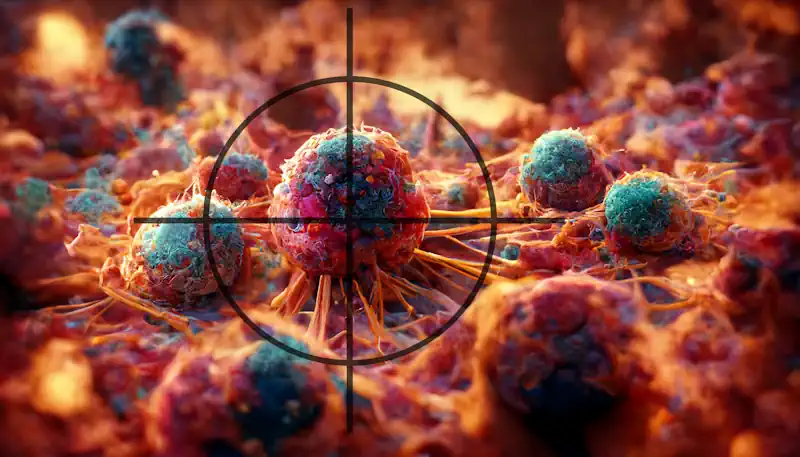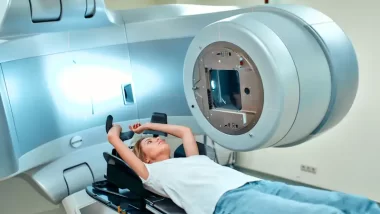Cancer is a complex and multifaceted group of diseases characterized by the abnormal growth and spread of cells. It can affect virtually any part of the body and has the potential to cause significant harm if left untreated. Understanding the basics of cancer is crucial for both patients and healthcare professionals alike.

Cancer begins at its core when body cells start to grow out of control. Typically, cells grow, divide, and die in an orderly fashion. However, in cancer, this process goes awry, leading to tumor formation and surrounding tissue invasion. These abnormal cells can also travel to other parts of the body through the bloodstream or lymphatic system, a process known as metastasis, where they can establish new tumors, further complicating the condition.
Cancer can present itself in various forms, depending on the type of cells involved and where they originate. Some common types of cancer include Carcinomas, Sarcomas, Lymphomas, and CNS cancer types, among others.
The impacts of cancer on health are far-reaching and can vary depending on factors such as the type of cancer, its stage at diagnosis, and the overall health of the individual.
In what follows, we’ll discuss the details of what cancer is, its biology, and how to treat it.
Diagnosing Cancer
Due the nature of different cancers, diagnosing cancer isn’t a one-size-fits-all approach. Instead, it typically involves a more complex method of medical history evaluation, physical examination, imaging tests, laboratory tests, and procedures.
Cancer staging is a standardized method used to describe the extent of cancer within the body. The stages are typically classified using the TNM system, which stands for Tumor, Node, and Metastasis:
- Stage 0: Cancer cells are present but have not spread to nearby tissues. (Also known as carcinoma in situ).
- Stage I: Cancer is small and localized, typically confined to the organ where it originated.
- Stage II: Cancer is larger or has spread to nearby tissues or lymph nodes but has not yet spread or metastasized to distant areas or organs.
- Stage III: Cancer has spread to nearby tissues, lymph nodes, or structures within the same region of the body.
- Stage IV: Cancer has metastasized to distant organs or tissues, indicating advanced disease.
Diagnostic cancer tests may include:
- Imaging tests such as X-rays, CT scans, MRI scans, ultrasound, and PET scans to visualize the internal structures of the body and detect abnormalities.
- Laboratory tests such as blood tests, urine tests, and tumor marker tests to assess the presence of specific substances or markers associated with cancer.
- Biopsy procedures to obtain tissue samples from suspicious areas for microscopic examination by a pathologist to confirm the presence of cancer cells.
Early detection plays a crucial role in improving treatment outcomes, reducing morbidity and mortality, and ultimately saving lives. Regular screenings and awareness of potential signs and symptoms are key components of early cancer detection efforts.

Treatment Options for Cancer
When it comes to treating cancer, various approaches are available, each is used based on the type and stage of the disease, as well as individual patient factors. The following will discuss the primary treatment modalities used in the fight against cancer.
Surgery
Surgery is one of the most common treatments for cancer. It involves the physical removal of cancerous tissue from the body.
Surgeons may remove the tumor and surrounding tissue (known as the margin) to ensure that all cancer cells are eliminated. Surgery is often used as a primary treatment for localized cancers, where the tumor is confined to one area of the body.
Radiation Therapy
Radiation therapy, also called radiotherapy, uses high-energy radiation to kill cancer cells or shrink tumors. It works by damaging the DNA within cancer cells, preventing them from dividing and growing.
Radiation therapy may be used alone or in combination with other treatments, such as surgery or chemotherapy, depending on the type and location of the cancer.
Chemotherapy
Chemotherapy involves the use of powerful drugs to kill cancer cells or stop them from growing and dividing. These drugs can be administered orally, intravenously, or through injections, and they circulate throughout the body, targeting cancer cells wherever they are identified.
Chemotherapy is often used to treat cancers that have spread to multiple sites in the body or cancers that are particularly aggressive.
Immunotherapy
Immunotherapy is a relatively newer approach to cancer treatment that harnesses the body’s immune system to fight cancer. It works by either boosting the immune system’s natural ability to detect and destroy cancer cells or by helping immune cells specifically target cancer cells.
Immunotherapy drugs include immune checkpoint inhibitors, which block proteins that inhibit the immune response, and monoclonal antibodies, which target specific proteins in cancer cells.
Targeted Therapy
Targeted therapy is a type of cancer treatment that targets specific molecules or pathways involved in the growth and survival of cancer cells. Unlike chemotherapy, which affects all rapidly dividing cells, targeted therapy is designed to target cancer cells selectively while minimizing damage to healthy cells.

Targeted therapy is often used in cancers that have specific genetic mutations or molecular characteristics, such as HER2-positive breast cancer or EGFR-mutated lung cancer.
Hormone Therapy
Hormone therapy is used to treat hormone-sensitive cancers, such as breast cancer and prostate cancer. It works by blocking the production or action of certain hormones that fuel the growth of cancer cells.
In breast cancer, for example, hormone therapy may involve drugs that block the action of estrogen or progesterone in order to protect any potential growth of cancer cells that have specific hormone receptors. In prostate cancer, hormone therapy may involve drugs that lower the levels of testosterone, which can enhance the growth of prostate cancer cells.
Combination Therapies and Clinical Trials
In many cases, cancer treatment involves a combination of different therapies to achieve the best possible outcome. This approach, known as combination therapy, may include surgery followed by chemotherapy or a combination of targeted therapy and immunotherapy.
Additionally, patients may have the option to participate in clinical trials, which are research studies that evaluate new treatments or treatment combinations for cancer.
Final Thoughts
The treatment of cancer is a multifaceted methodology that often requires a combination of surgical treatment, radiation, and medical interventions.
With ongoing research and advancements in treatment modalities, individuals today have more options than ever before, offering hope for improved outcomes and quality of life.

